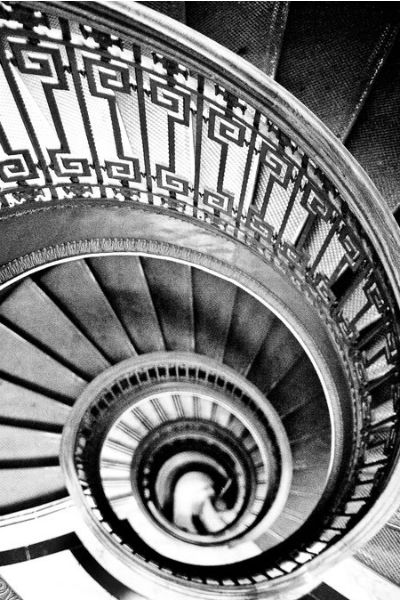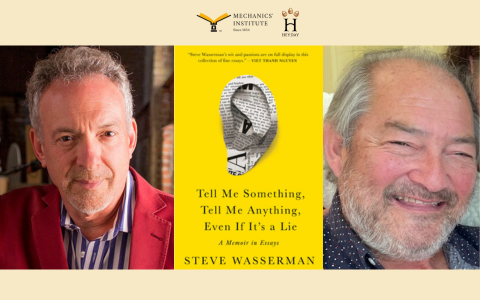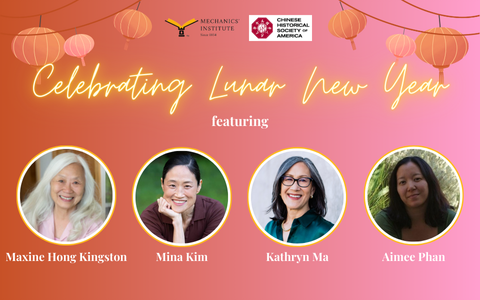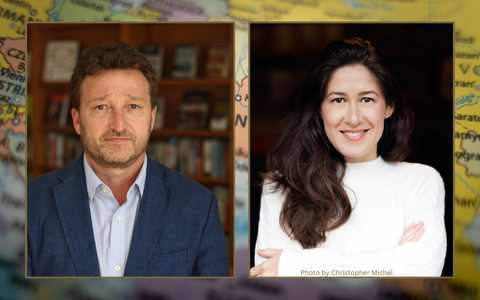
Cosponsored by the Contemporary Jewish Museum of San Francisco & KlezCalifornia, Inc.
An antic tale of investigative perplexities and vertiginous inquiry results when author Lawrence Weschler tracks down Stephen Berkman, the wet-collodion devotee who claims to have discovered a trove of work by Shimmel Zohar, a 19th-century photographer who chronicled the Jewish immigrant community of New York's Lower East Side. See and hear about this collection of photos conjuring myth, memory, and a touch of the fantastical!
 So Lawrence Weschler was minding his own business, as all his stories begin, when he got a call from Gravity Goldberg (her real name!) who introduced herself as the Director of Public Programs and Visitor Experience at The Contemporary Jewish Museum in San Francisco. She was calling, she told him, to apprise him of an upcoming show—an inaugural exhibition, that is, of a recently uncovered trove of work by Shimmel Zohar, a mid-19th-century Lithuanian immigrant photographer (contemporary of Mathew Brady), who had chronicled the Jewish immigrant community of the Lower East Side of 1860s–1870s Manhattan in unparalleled detail, compiling a complete inventory of professions and types. Or not. There was, she suggested, some slippage in the whole story, and they were trying to find someone who might be willing to investigate things, and they were wondering, might he be interested?
So Lawrence Weschler was minding his own business, as all his stories begin, when he got a call from Gravity Goldberg (her real name!) who introduced herself as the Director of Public Programs and Visitor Experience at The Contemporary Jewish Museum in San Francisco. She was calling, she told him, to apprise him of an upcoming show—an inaugural exhibition, that is, of a recently uncovered trove of work by Shimmel Zohar, a mid-19th-century Lithuanian immigrant photographer (contemporary of Mathew Brady), who had chronicled the Jewish immigrant community of the Lower East Side of 1860s–1870s Manhattan in unparalleled detail, compiling a complete inventory of professions and types. Or not. There was, she suggested, some slippage in the whole story, and they were trying to find someone who might be willing to investigate things, and they were wondering, might he be interested?
Thus begins an antic tale of investigative perplex and vertiginous inquiry, as Weschler tracks down Stephen Berkman, the wet-collodion devotee who claims to have discovered the trove in question, but it’s a long and loopy story. And indeed, Weschler’s account evolves into the fourth volume of his ongoing “Chronicles of Slippage” series, doing for the early history of photography and the long heritance of Judaism what the series’ first volume, the Pulitzer-shortlisted Mr. Wilson’s Cabinet of Wonder, once did for the history of museums and the phenomenology of marvel.
And that’s just the half of it, for the main text sprouts a veritable delirium of digressive footnotes (taking up more than half the book), constituting what may be the closest we are going to ever get by way of memoir from this confounding and beloved writer.
 Lawrence Weschler, a graduate of Cowell College at UC Santa Cruz (1974), was for twenty years a staff writer at The New Yorker (1981-2001), where his work shuttled between political tragedies and cultural comedies, and then for thirteen years (2001-2014) the director, now emeritus, of the New York Institute for the Humanities at NYU. A regular contributor, among others, to the New York Times magazine, Vanity Fair, Harper's, The Atlantic, McSweeney's, and The Believer, he is the author of over twenty books, including Seeing is Forgetting the Name of the Thing One Sees (a life of artist Robert Irwin); And How Are You, Doctor Sacks? (a biographical memoir of his thirty-five-year friendship with the neurologist Oliver Sacks); Vermeer in Bosnia; Everything That Rises: A Book of Convergences; Mr Wilson's Cabinet of Wonder (on the Museum of Jurassic Technology), and now that book’s notional sequel, A Trove of Zohars. For more, visit www.lawrenceweschler.com or his new substack fortnightly Wondecabinet at https://lawrenceweschler.substack.com. (Photo by Stephen Berkman)
Lawrence Weschler, a graduate of Cowell College at UC Santa Cruz (1974), was for twenty years a staff writer at The New Yorker (1981-2001), where his work shuttled between political tragedies and cultural comedies, and then for thirteen years (2001-2014) the director, now emeritus, of the New York Institute for the Humanities at NYU. A regular contributor, among others, to the New York Times magazine, Vanity Fair, Harper's, The Atlantic, McSweeney's, and The Believer, he is the author of over twenty books, including Seeing is Forgetting the Name of the Thing One Sees (a life of artist Robert Irwin); And How Are You, Doctor Sacks? (a biographical memoir of his thirty-five-year friendship with the neurologist Oliver Sacks); Vermeer in Bosnia; Everything That Rises: A Book of Convergences; Mr Wilson's Cabinet of Wonder (on the Museum of Jurassic Technology), and now that book’s notional sequel, A Trove of Zohars. For more, visit www.lawrenceweschler.com or his new substack fortnightly Wondecabinet at https://lawrenceweschler.substack.com. (Photo by Stephen Berkman)
 Stephen Berkman was born in Syracuse New York. Now based in Pasadena, California, Berkman's work revolves around the use of antiquated photographic and optical processes. Working with the wet-collodion process since 1997, Berkman’s work was featured in the definitive compendium on the revival of historic photography: Photography’s Antiquarian Avant-Garde, published by Abrams in 2002 and authored by New York Times contributor Lyle Rexer. In addition, Berkman’s photographs have been featured in Blind Spot; Art in America; i-D magazine; and the book The Journal of Contemporary Photography: Strange Genius to name a few. His photographs have also been included in solo and group exhibitions: The Museum of Photographic Arts (MoPA) Laband Gallery; USC, Cepa; and the Howard Greenberg Gallery, New York. His photographs are in the permanent collections of MoPA and Portland Art Museum. In addition to his fine art work, Berkman has been commissioned to create historic photographs for many films and documentaries, including: Deceptive Practice: The Mysteries and Mentors of Ricky Jay, The Assassination of Jesse James by the Coward Robert Ford, and Cold Mountain. Berkman is currently on the film faculty at the Art Center College of Design in Pasadena, California where he has taught since 1995.
Stephen Berkman was born in Syracuse New York. Now based in Pasadena, California, Berkman's work revolves around the use of antiquated photographic and optical processes. Working with the wet-collodion process since 1997, Berkman’s work was featured in the definitive compendium on the revival of historic photography: Photography’s Antiquarian Avant-Garde, published by Abrams in 2002 and authored by New York Times contributor Lyle Rexer. In addition, Berkman’s photographs have been featured in Blind Spot; Art in America; i-D magazine; and the book The Journal of Contemporary Photography: Strange Genius to name a few. His photographs have also been included in solo and group exhibitions: The Museum of Photographic Arts (MoPA) Laband Gallery; USC, Cepa; and the Howard Greenberg Gallery, New York. His photographs are in the permanent collections of MoPA and Portland Art Museum. In addition to his fine art work, Berkman has been commissioned to create historic photographs for many films and documentaries, including: Deceptive Practice: The Mysteries and Mentors of Ricky Jay, The Assassination of Jesse James by the Coward Robert Ford, and Cold Mountain. Berkman is currently on the film faculty at the Art Center College of Design in Pasadena, California where he has taught since 1995.
Books will be on sale at the event.
Reserve a copy when you make your reservation.
Members of Mechanics' Institute and Cosponsors FREE
Public sliding scale $5 - $10
Register with Eventbrite below.
Meet the Author(s)

Future Meet the Author(s)
Jan 9 - 6:00 pm
Feeding Body, Mind, and Soul: Caring for Our Communities Through Food
with Toriano Gordon, Dr. Daphne Miller, and Leslie Wiser, moderated by Jessica Yadegaran
Jan 23 - 6:00 pm
Tell Me Something, Anything, Even If It's a Lie
with author Steve Wasserman and Gary Kamiya
Jan 31 - 6:30 pm
Celebrating Lunar New Year
with Maxine Hong Kingston, Mina Kim, Kathryn Ma, and Aimee Phan








